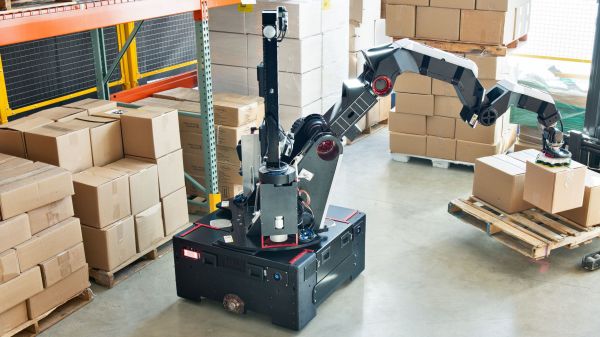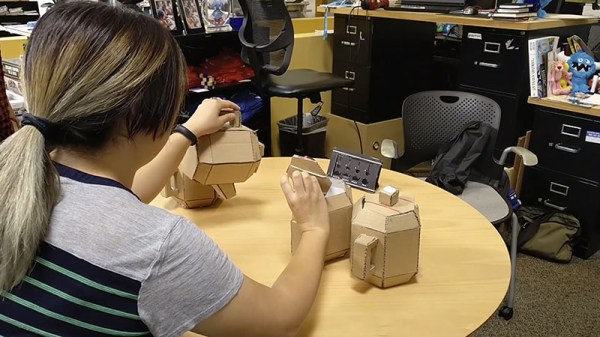We appreciate a good kitchen hack, and we have always liked TV personality and chef [Alton Brown]’s McGuyver-ish approach to these things. So for anyone who hasn’t seen it, let’s take a moment to highlight how to make (and use) Alton Brown’s Cardboard Box Smoker.
[Alton] himself confesses that over the years it has remained his favorite smoker for a few good reasons. The price is certainly right, but there are a few other things that really stand out in the design. It’s easy to assemble and take down, needing very little storage space compared to a purpose-built smoker. It’s also trivial to monitor the temperature inside: just poke a thermometer probe through the side of the box. Finally, it’s a great way to get some additional use out of an old hot plate and cast iron pan. It’s the kind of thing one could put together from a garage sale and a visit to the dollar store.
The cardboard box is perfectly serviceable, but one may be tempted to kick it up a notch with some upgrades. In that case, check out this tech-upgraded flower pot smoker (also based on an Alton Brown design.)
Reusing and repurposing is a great way to experiment in the kitchen without needing to buy specialized equipment. Here’s another example: Kyoto-style cold brew coffee. It’s thick and rich and brings out different flavor profiles. Curious? Well, normally it requires a special kind of filter setup, but it can also be accomplished with cheesecloth, coffee filters, and a couple of cut-up soft drink bottles. Oh, and some rubber bands and chopsticks if things are too wobbly. Just do yourself a favor and use good quality coffee beans, or better yet, roast them yourself. Just trust us on this one.
















